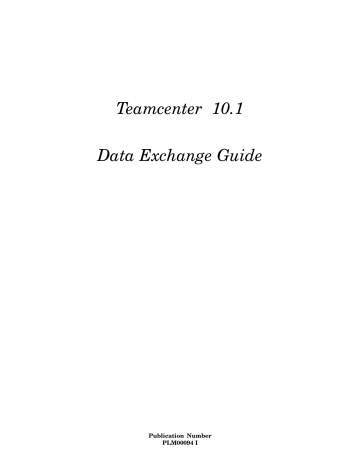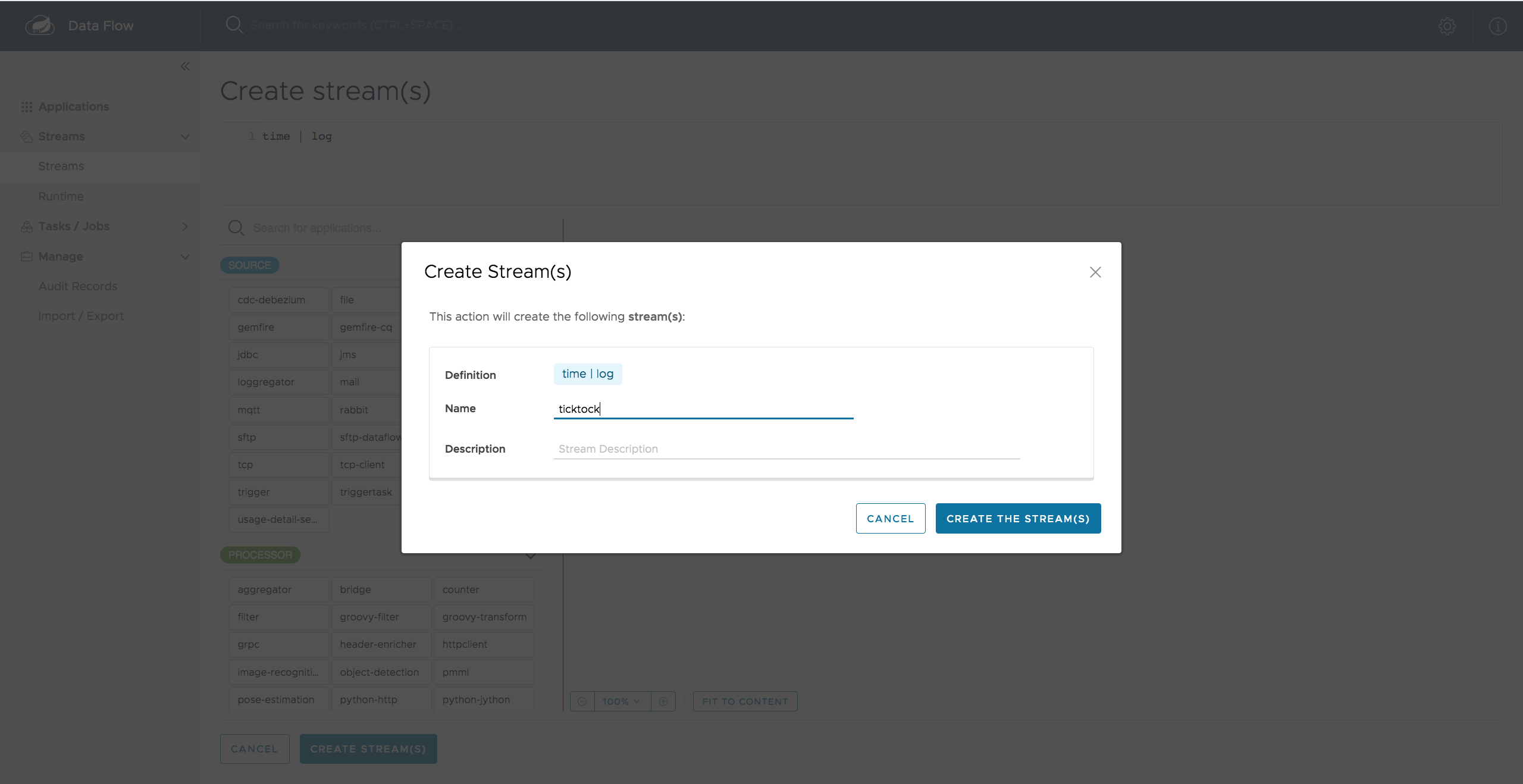

- #Exchange public folder database check dirty sh software
- #Exchange public folder database check dirty sh Offline
Why ESEUTIL is Needed to Repair Exchange 2010 Database?


y – Performs a fast copy of large files. k – Verifies checksum on all database pages, log files, and checkpoint files. m – Displays database file headers, transaction log files, checkpoint files, page header information, database page allocation, and metadata. g – Verifies page level and ESE level logical database integrity. r – Replays transaction log files to restore a database to internal consistency. c – Displays restored log files and control hard recovery after restoration from legacy online backups. Moreover, it fixes individual tables but not the links between the tables. p – Repairs corrupt Exchange database by discarding pages that cannot be repaired.
#Exchange public folder database check dirty sh Offline
d – Defragments the offline database to reduce its gross size on the disk by discarding most empty pages and rebuilding indexes. Here's a list of ESEUTIL Exchange 2010 switches: There are several switches that can be used with the utility to perform different operations. It is automatically installed, along with the Exchange Server. The utility is located in the Bin Directory and is used in database operations such as integrity check, offline defragmentation, database repair, checksum test, etc.
#Exchange public folder database check dirty sh software
Further, the article explains the process to repair corrupt, inconsistent or damaged Exchange database by using an Exchange recovery software when Eseutil fails to fix the problem.ĮSEUTIL and Associated Switches in Exchange 2010ĮSEUTIL is a command-line utility, aimed at repairing minor issues within the Extensible Storage Engine (ESE) or Jet Engine of Exchange database. This article focuses on ESEUTIL - one of the most widely used inbuilt command-line utilities that can be used to repair the Exchange 2010 database in situations of Exchange database errors. Among those measures include the knowledge of handy tools and utilities that can save the day when common fixes don't resolve the problems. Thus, prompting the Exchange administrator to take immediate measures and get everything back to working. Unexpected technical, software or human errors keep cropping up that interrupt the normal flow of activities on the Exchange server. And no matter how simple it may seem, it is not an easy task. The table headers reflect the permissions that were described earlier in this article.Among the different tasks an Exchange Administrator is expected to perform daily, the tricky one is to ensure that the server keeps running without glitches. The following table lists the predefined public folder roles and the permissions that are included in each role. The user cannot read, edit, delete, or create items.įolderContact - The user is the contact for the specified public folder.įolderVisible - The user can view the specified public folder but cannot read or edit items in the folder. The user can view and move the public folder, create subfolders, and set permissions for the folder. ReadItems - The user can read items in the specified public folder.ĬreateItems - The user can create items in the specified public folder and send email messages to the public folder if it is mail-enabled.ĮditOwnedItems - The user can edit the items that the user owns in the specified public folder.ĭeleteOwnedItems - The user can delete items that the user owns in the specified public folder.ĮditAllItems - The user can edit all items in the specified public folder.ĭeleteAllItems - The user can delete all items in the specified public folder.ĬreateSubfolders - The user can create subfolders in the specified public folder.įolderOwner - The user is the owner of the specified public folder. The following list describes client permissions:

Many permissions can be granted to a public folder. This article describes the permissions that can be granted to a public folder in Microsoft Exchange Server.


 0 kommentar(er)
0 kommentar(er)
